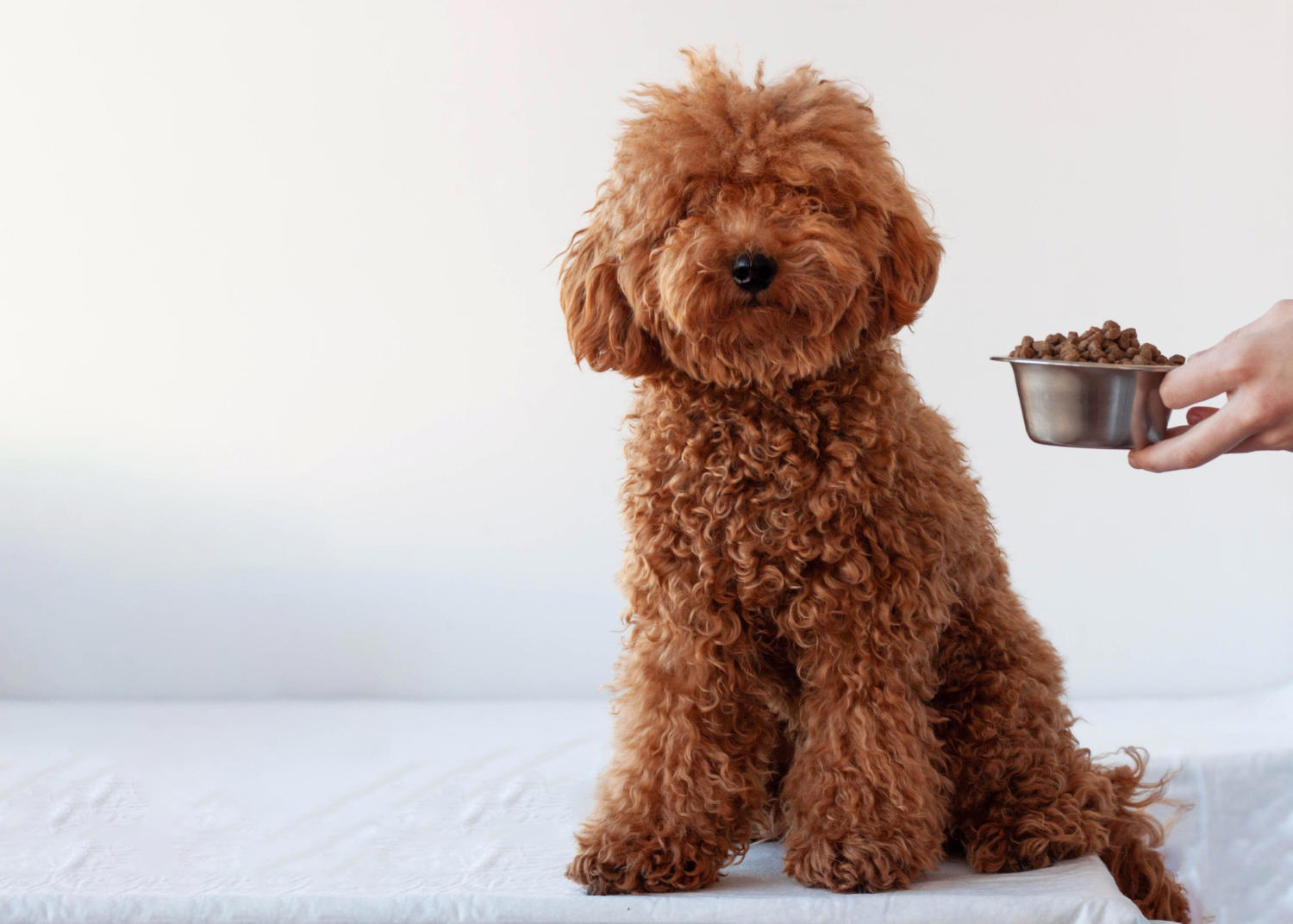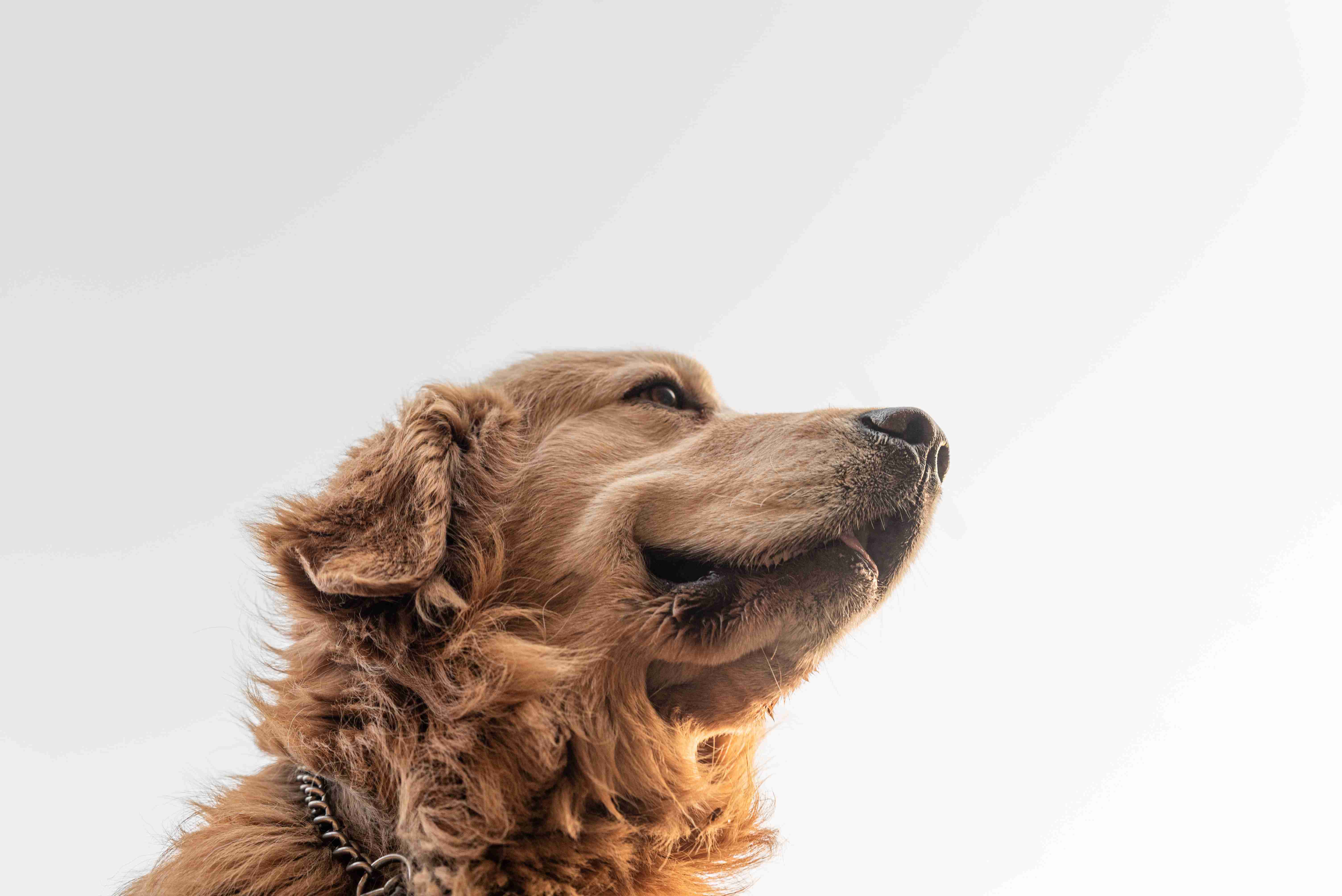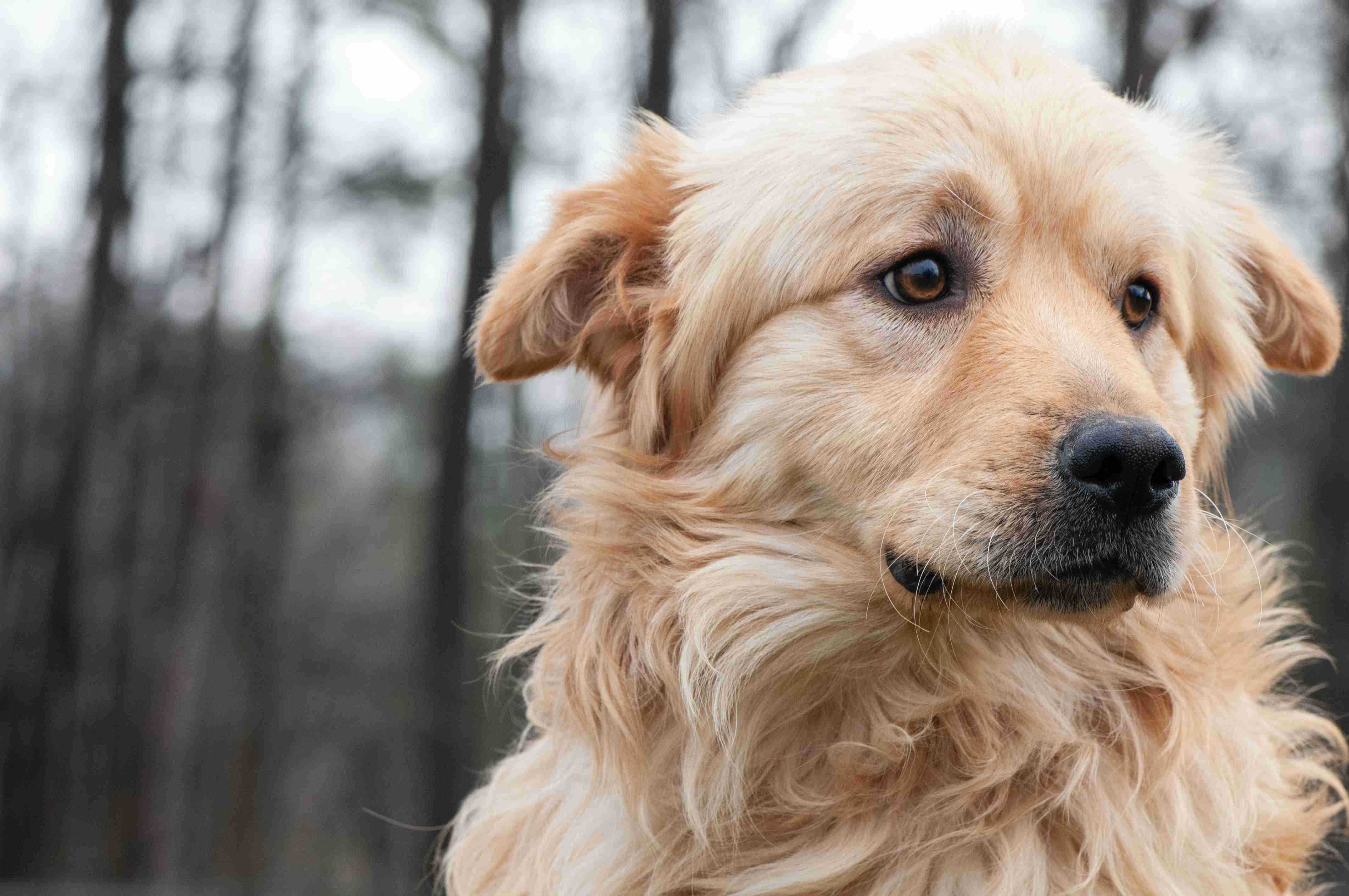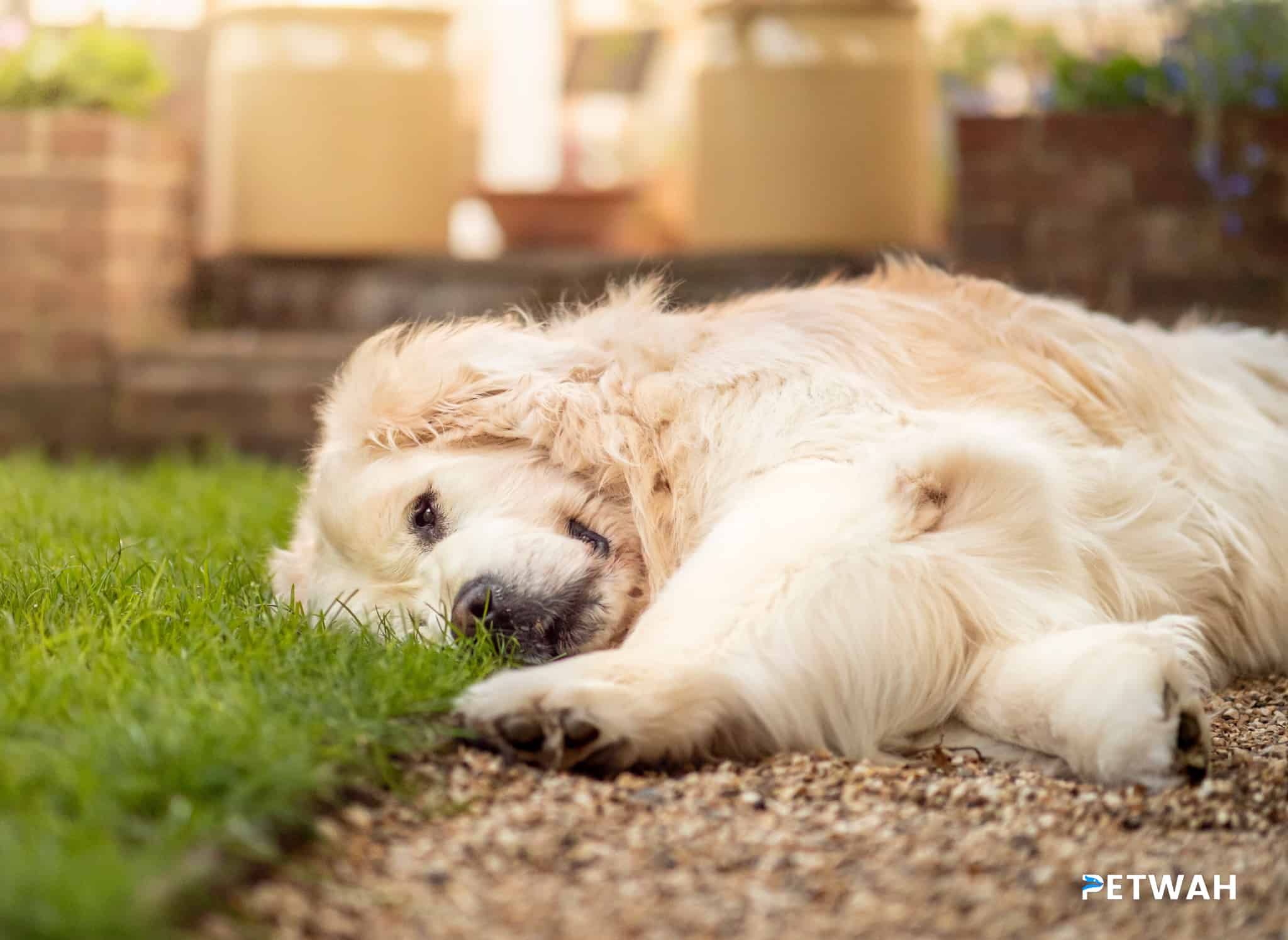As dog owners, we cherish our furry friends for their loyalty, playfulness, and unconditional love. However, sometimes our beloved pets can experience health issues that require our attention and understanding. One common problem that can affect Poodles is urinary incontinence. While it may seem like a minor inconvenience, this condition can significantly impact your Poodle’s quality of life. In this blog post, we will explore the signs and symptoms of urinary incontinence in Poodles and provide you with valuable insights on how to effectively manage this condition, ensuring that your furry friend stays happy and healthy. So let’s dive in and learn more about this poodle problem and how to tackle it head-on.
Poodle Problems: Recognizing and Managing Urinary Incontinence in Your Furry Friend
As a responsible pet owner, it’s essential to be aware of the health issues that can affect our beloved furry friends. One common problem that many Poodle owners may encounter is urinary incontinence. This condition, which involves the involuntary leakage of urine, can be distressing for both pets and their owners. In this blog post, we will explore the signs and symptoms of urinary incontinence in Poodles and discuss various management strategies to help your furry friend live a comfortable and happy life.
Signs and Symptoms of Urinary Incontinence in Poodles:
1. Frequent Accidents: One of the most obvious signs of urinary incontinence is the presence of frequent accidents, especially indoors. If your Poodle begins urinating uncontrollably, regardless of proper house-training, it may be an indication of a more significant issue.
2. Excessive Urination: Pay attention to your Poodle’s bathroom habits. If they are urinating more frequently than usual or exhibiting a sense of urgency during bathroom breaks, it could be a sign of urinary incontinence.
3. Wetness Around the Genital Area: Another sign to watch out for is wetness around your Poodle’s genital area. If you notice that their fur is frequently damp or the skin appears irritated, it could be a result of urinary leakage.
4. Urinary Tract Infections (UTIs): Poodles with urinary incontinence may be more prone to urinary tract infections. Keep an eye out for symptoms such as pain during urination, blood in the urine, increased thirst, or excessive licking of the genital area.
 - Copy.jpg)
Managing Urinary Incontinence in Poodles:
1. Consult Your Veterinarian: If you suspect that your Poodle is experiencing urinary incontinence, the first step is to consult your veterinarian. They will conduct a thorough examination to determine the underlying cause and recommend appropriate treatment options.
2. Medications: In some cases, your veterinarian may prescribe medications to manage urinary incontinence. These medications, such as hormone replacements or alpha-adrenergic drugs, can help strengthen the muscles responsible for controlling urine flow.
3. Diet and Hydration: A well-balanced diet and proper hydration are crucial for managing urinary incontinence in Poodles. Ensure that your furry friend has access to fresh water at all times and consider incorporating high-quality, balanced commercial pet food or a specially formulated urinary health diet.
4. Frequent Bathroom Breaks: Establish a consistent schedule for bathroom breaks to help your Poodle manage their urinary incontinence. Taking them out more frequently and providing ample opportunities to relieve themselves can prevent accidents indoors.
5. Dog Diapers and Belly Bands: For Poodles with more severe cases of urinary incontinence, dog diapers or belly bands can be useful tools to manage accidents and keep your home clean. These products provide a physical barrier between your pet and any potential mess.
6. Regular Exercise and Weight Management: Keep your Poodle active with regular exercise to maintain muscle tone, including the muscles supporting urinary control. Additionally, maintaining a healthy weight can reduce the risk of exacerbating urinary incontinence symptoms.
Although urinary incontinence can be a challenging condition to manage, it’s crucial to remember that your Poodle is not alone in experiencing this issue. By recognizing the signs and symptoms early on and working closely with your veterinarian, you can implement effective management strategies to improve your furry friend’s quality of life. Whether through medications, diet changes, or additional support like diapers, you can find solutions that work best for your Poodle’s specific needs. With patience, love, and proper care, you can help your furry friend overcome poodle problems and enjoy many happy and accident-free years together.
In conclusion, urinary incontinence can be a challenging issue for Poodle owners, but with proper awareness and management techniques, it can be effectively addressed. By recognizing the signs and symptoms early on, seeking veterinary advice, and implementing appropriate treatment options, you can help your furry friend regain control and live a happy, healthy, and accident-free life. Remember, patience and understanding are key, and with the right approach, you can successfully navigate this common poodle problem. So, don’t let urinary incontinence dampen your bond with your Poodle – take action, be proactive, and provide the care and support they need to maintain a high quality of life.


%20-%20Copy.jpg)
.jpg)
.jpg)



